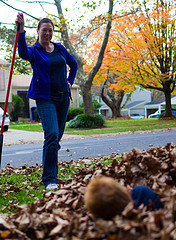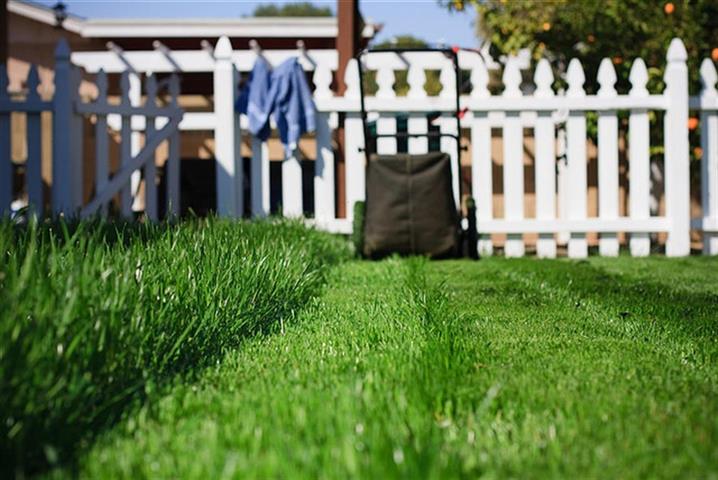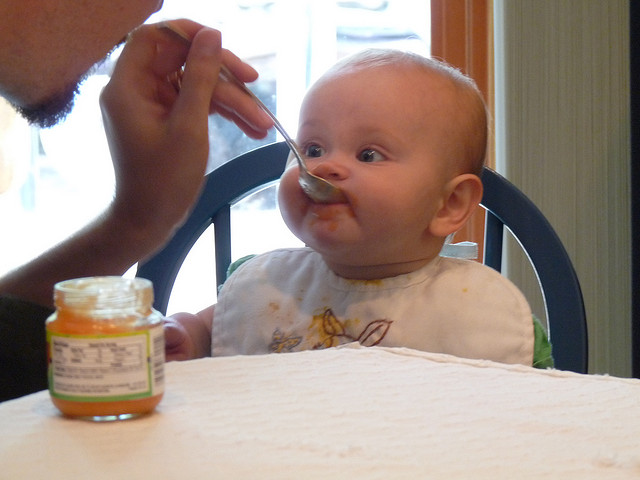Power naps (quick naps during the daytime) are magical. Experts say that short naps during the day can give you a boost of energy and more memory power. They also help you to make better decisions throughout the day. The “power” in a power nap is that you get just enough rest to re-energize yourself for the rest of your day, yet you get that energy in a minimal amount of time that doesn’t disrupt your day. A good daytime nap is also better for you than drinking a cup of caffeinated coffee. Here are a few quick tips for how to take a power nap.
- Limit your power nap to 40 minutes.
It can be tempting to keep hitting the snooze button when you’re napping (just 10 minutes more), but for a power nap to work while not disrupting your daily schedule it shouldn’t last for more than 20-40 minutes. During that time frame, you’re in what is called “slow wave sleep,” which boosts your decision making skills and memory. If you sleep longer than that, you may find it more difficult to wake up in time to resume your day. So schedule your alarm to wake you up in exactly 40 minutes. Get right up and get back to work.
- Turn off the television during your nap.
When you close your eyes to take a power nap, you shouldn’t be distracted by things that could make you want to open your eyes again. You need to be completely relaxed. So if you’re taking your power nap at home, turn off the television. If you decide to take a power nap in your car, turn off the radio when it’s playing loud music or news shows.
- Listen to a motivation tape while you nap.
If you do choose to keep something on in the background while you’re taking a power nap, it should be a motivational tape or audiobook. Not only does the sound of your favorite author soothe you to sleep, it also helps implant positive messages in your mind that you can carry with you for the rest of the day. If you decide to wear earphones when listening to the audiobook, just make sure that the same device you’re using (such as a cellphone or iPad) has an alarm set to wake you up in 40 minutes, and that the sound is set at a safe, optimal hearing level.
- Keep the light on, but dimmed.
If you are taking a nap in a dark room, you may find it more difficult to get up after just 40 minutes. So when you’re taking a power nap, do so in a room with a dimmed light on or with a bit of fresh sunlight shining into the room.
- Don’t get TOO comfortable.
This goes with the last point, but don’t get too comfortable when you’re trying to take a power nap. Just lay back somewhere quiet and relax, whether it’s a reclining chair or a futon couch. Avoid getting snuggled up under the comfy comforter in your bedroom where you might feel as if you’re going to sleep for a full eight hours.
- Press pause on the stresses of the day.
This is possibly the most difficult part of successfully taking a power nap. You have to clear your mind and release stressful thoughts in order to fall asleep quickly. If you don’t, you’ll find yourself thinking for 40 minutes instead of slow-wave sleeping. When you need help relaxing, try this breathing technique for falling asleep in 60 seconds. Here are some meditation exercises you can try as well.
If you’re having a problem with staying focused or you’re lacking energy, try taking a power nap. It might become your go-to solution for being more productive and attentive as you navigate your day.

















